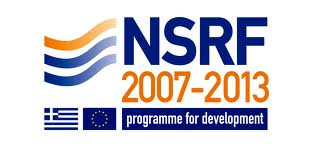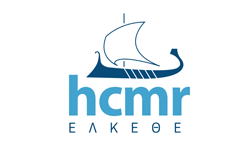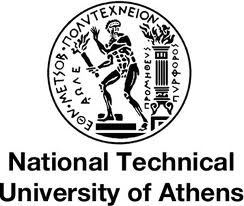| Work-package number | 2 | |||
| Work-package title | Research for optimization of the system components | |||
| Participant number | 1 | 2 | 3 | 4 |
| Participant short name | Ito Ltd | DPE -TU | IO-HCMR | DP – NTUA |
| New salary personnel | ||||
| Individual contracts | ||||
| Objectives:
The objective of this work-package concerns the optimum selection of the developed system components. All available detection materials capable for in-situ applications in marine environment will be studied by simulation exercises to theoretically obtain their sensitivity (in terms of minimum detectable activity) and energy resolution. Also, potential combination schemes of more than one detector (by means of coincidence and anti-coincidence acquisition) will be examined. At the same time according to detection material exercises, simulation of corresponding electronic devises will be realized. The aim is the reduction (as possible) of the power consumption, the minimization of electronic modules dimensions and to ensure the stable long continuous operation. |
| Tasks:
T2.1. Monte Carlo simulations detector optimization (applied to the available crystals in the market) This task is focused on basic research concerning the detection performance of different gamma-ray detectors. It will be accomplished by the research partners of the project (NTUA, HCMR and TU). As the first step an extensive literature research will be carried out about the available detection materials, their intrinsic characteristics, their operation requirements, and previous simulation and experimental studies. An important criterion is the capability of the detector to be integrated into watertight enclosure which means that it should be operated without any “external” support (e.g. liquid nitrogen refreshment for cooling purposes). Once the first evaluation of the candidate materials (e.g. scintillations crystals NaI(Tl), BGO, LaBr3, LaCl3 and semiconductor CdZnTe) is accomplished the simulation exercises will be initialized. Using widely used Monte-Carlo packages (MCNP, GEANT and FLUKA) the interactions of gamma-rays with seawater, watertight enclosure and the detection material will be simulated based on the physical emulation databases of the codes. For each detection material the size and the detection geometry will be changed creating alternate scenarios. Also, the possibility of combined detectors schemes will be examined. In these scenarios two detectors will acquire data simultaneously. Coincidence or anti-coincidence logical functions will decide the rejection of gamma-rays from the obtained spectrum which will suppress the background and thus it will improve the minimum detectable activity. In each case the material and the dimensions of the watertight enclosure will be optimized for minimum gamma-ray attenuation. The results from each scenario will be recorded in database leading to deliverable D2.1. T2.2. Simulation of electronic circuits This task progress will be accompanied with the scenarios of the previous task (T2.1). For each detector type, size, geometry and combined detection schemes, the operation circuits will be designed by dedicated electronic simulation packages. Depending on the operation requirements of the detectors all necessary units (high voltage providers, voltage splitters, signal amplifiers, stabilizers and convertors) will be optimized by the simulation study to obtain the lowest as possible power consumption in combination with the smallest dimensions. Special attention will be paid in the stability of the acquired spectra as many detection systems are sensitive in several environmental (e.g. temperature) changes, resulting in “drifts” of the spectrum. For this purposes the previous experience of the HCMR team in developing auto-compensation circuits will be exploited. Furthermore, special data buffering units and communication protocols will be an option of the system for data transmission via satellite or GMS communication. This task will be realized at the new laboratory of Project Coordinator enterprise by high expertise new personnel with the co-operation of HCMR team. The results will be recorded in analogous database leading to deliverable D2.2. |





